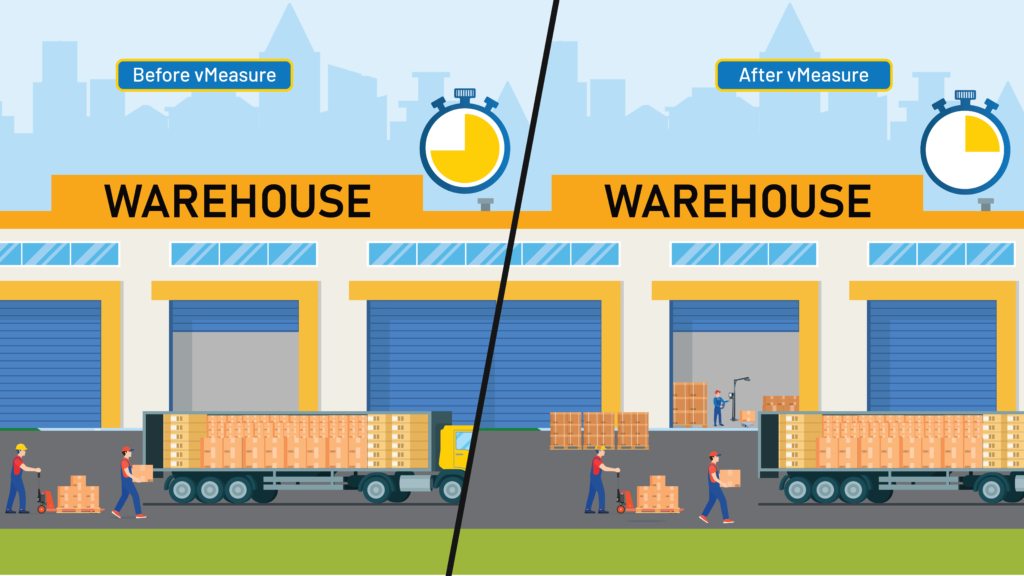How to measure irregular shapes?
Table of Contents
Importance of Accurate Measurements in eCommerce Warehouses and Logistics

Challenges of Measuring Irregular Shaped objects
Best Practices for Measuring Irregular Shaped objects
- Measuring tape: Flexible and adapts to various shapes, ideal for measuring perimeters, lengths, and widths.
- Ruler: Useful for measuring straight edges and specific distances.
- Caliper: Provides precise measurements of thickness, diameter, and internal dimensions.
- Micrometer: Offers even greater precision for very small objects.
- DWS (dimensioning weighing scanning) system: Capture the object’s digital shape for detailed analysis and precise measurement in specialized software.
- Multiple measurements: Take measurements from different angles and directions, especially for complex shapes. This helps account for irregularities and provides a more accurate representation.
- Record keeping: Keep a record of all measurements, including location and orientation, for later reference and comparison.
- Approximation and simplification: For highly complex shapes, consider dividing the object into simpler geometric shapes (e.g., rectangles, triangles) and measuring those individually.
- Consider the purpose: The level of accuracy needed will depend on the intended use of the measurements. For rough estimates, less precise methods may suffice, while engineering or scientific applications might require high precision.
- Document your process: If the measurements are crucial or need to be replicated by others, document the entire process, including the tools used, specific techniques, and any assumptions made.
Tools for Accurate Irregular Shape Measurements
Where: Length, Width, and Height are the dimensions of the package, and the DIM Divisor is a standard number established by the carrier.
Automated Tools
1. Static DWS Systems: Static DWS (dimensioning weighing scanning) systems are designed to measure stationary items, making them ideal for environments like warehouses and distribution centers. These DWS systems use sensor and computer vision cameras to capture the package dimensions, regardless of its shape or size. Their high level of accuracy reduces errors in space planning and freight cost calculations.
2. Dynamic DWS Systems: On the other hand, dynamic DWS systems are perfect for operations with continuous product movement. They are designed to measure irregular objects in real-time as they move along a conveyor belt. This technology is incredibly efficient and saves time in fast-paced industries such as eCommerce fulfillment and logistics.
3. Portable DWS Systems: Portable DWS systems bring the power of automated measurement to more mobile scenarios. These handheld devices are ideal for on-the-spot measurements, especially in environments where space is limited or for businesses that need to measure items at various locations.
Integrating Irregular Shape Measurements into Warehouse Management Systems
1. Data mapping: Establish a clear data mapping process to ensure accurate and consistent data transfer from the DWS systems to the WMS. This includes defining data fields, formats, and units of measurement.
2. Real-time data synchronization: Implement a DWS system that enables real-time synchronization of irregular shape package measurement data with the WMS. This ensures that the most up-to-date parcel information is available for decision-making and operational planning.
